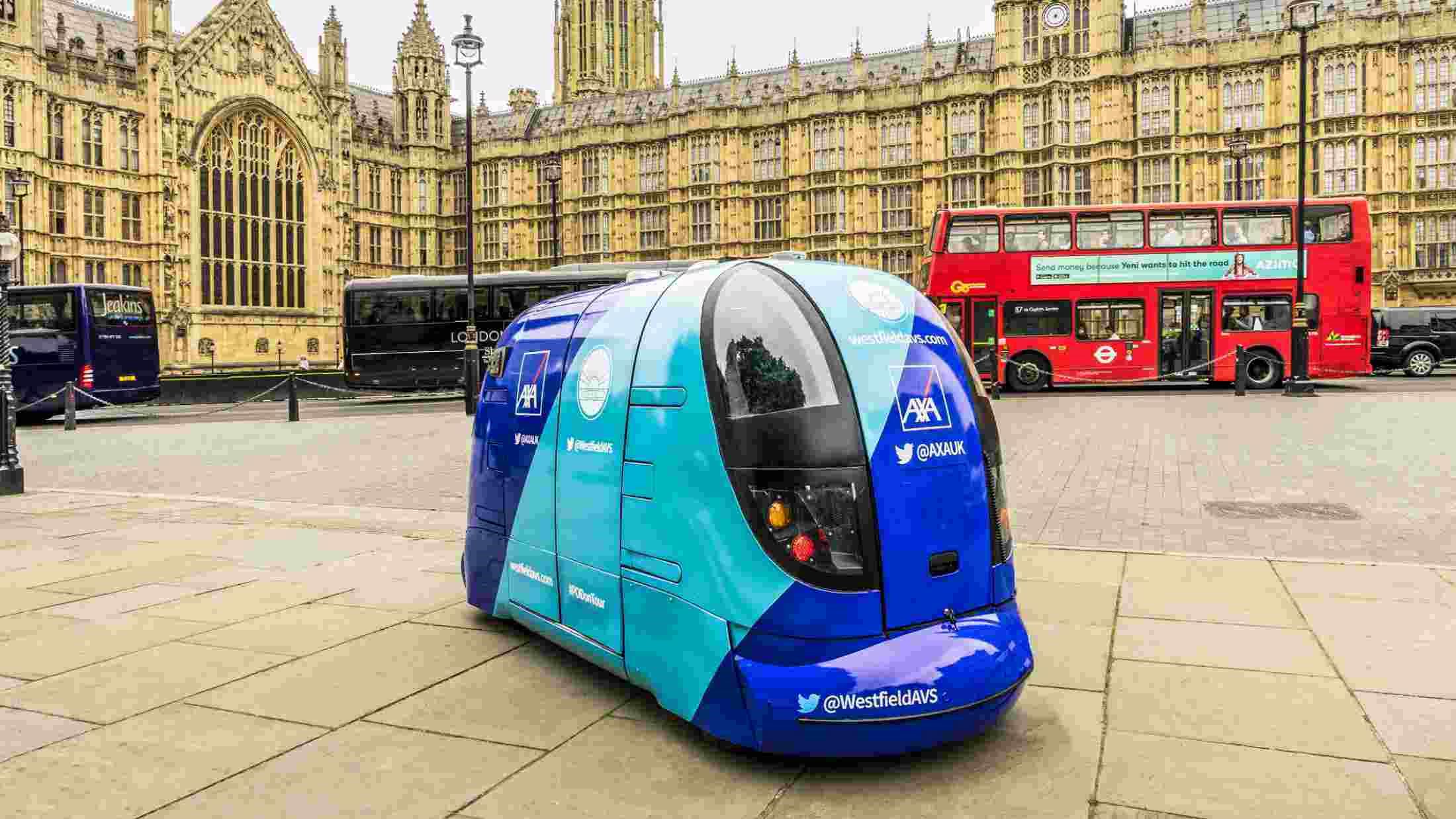The 2020s - The decade of driverless? Well, that is one prediction – a revolution of self-driving vehicles picking up and ferrying passengers without the need for a human driver. In anticipation of this development, the Law Commissions have been tasked with reviewing the UK regulatory framework underpinning the deployment of connected and autonomous vehicles (CAVs) on UK roads. 2020 has begun with the second part of the three-year examination into CAV regulation focusing on vehicles that operate without a driver (or “user-in-charge”) and specifically, those services tasked with transporting members of the public, referred to as Highly Automated Road Passenger Services (HARPS).
Why are Highly Automated Road Passenger Services important?
A self-driving passenger-only vehicle is a form of future mobility which could transform mass transit in a unique way, by enhancing safety, efficiency and accessibility. The VENTURER consortium was the first government-funded trial in the UK to look at the significant societal benefits that could be gained by vehicles of this type:
- Improved safety – human error is a factor in 90% of collisions. Automated technologies will significantly reduce this safety risk. Intelligent assistance features are already having a safety impact in this regard.
- Increased mobility, enhanced quality of life and improved social inclusion – automated technologies could improve mobility for those currently with inadequate access to public transport or their own mode of transport.
- Transport network performance – HARPS services can potentially reduce congestion by increasing the number of people who share journeys and vehicles and use them in combination with existing public transport.
- Reduced car parking – HARPS being used for journeys as an alternative to conventional motor vehicles can allow space currently ceded to parking to be reclaimed. Some studies suggest that the average private car is parked around 95% of the time.
These are the tangible benefits HARPS can offer society in the next decade, but as the Law Commission review highlights, effective regulation will be crucial to achieve positive transport goals, such as an inclusive and more accessible transport system, whilst ensuring the safety of passengers and other road users.
Categorising HARPS - National operator licensing system
The Law Commission set-out the need to treat HARPS as a unique regulatory category rather than working them into existing schemes such as those for private hire vehicles. This begins with the proposal for a single national system of operator licensing to ensure the safety of users and the general public and the conditions they should meet to obtain a license. A national system of operator licensing will overcome some issues related to the existing fragmented public transport licensing regime, whilst acknowledging the complex technological characteristics of CAVs and providing regulatory consistency.
The licensing system will however need to consider the different CAV use-types and how HARPS will be commercialised. This will require flexibility within the licensing system to ensure that the regime can appropriately accommodate HARPS, ranging from slow-moving passenger pods to large automated buses. The risk of a ‘one-size fits all’ approach is that some vehicle-types will be more favourably regulated than others, risking a stifling of innovation or regulatory loopholes.
As part of this licensing system, the Law Commission propose that any applicants for a licence will need to demonstrate certain operator requirements including having a suitable transport manager to oversee operations. For Public-Service Vehicles (PSVs) these are basic requirements which should be replicated for CAVs, including providing evidence of appropriate insurance cover. However, these requirements will again need to be flexible enough to apply to the complexity of CAVs and the different use cases of HARPS. They will also need to take into the account operators managing a few single-vehicle pods to those controlling fleets of large automated buses. There are a number of novel technical aspects of CAV technology which will need to be reflected in the requirements for transport managers and, in particular, those associated with the connected aspect, including data and cyber-security competence. These are operationally critical components that managers will need to be able to demonstrate are part of their skillset, going far beyond what is currently required for conventional PSVs transport management.
The importance of data in Connected and Autonomous Vehicle regulation
We have been clear for a number of years that regulating data in CAV technology is imperative, particularly in respect of provision, accessibility, sharing and protection. Further focus needs to be placed on the connected element of CAVs to ensure that the regulatory framework enables data to be responsibly and equitably shared between operators, authorities and insurers when required, particularly by reporting untoward events. This will be crucial for safety management, establishing liability and identifying trends and patterns in the technology. From a legal and practical perspective, transferring, sharing and storing data provides a number of challenges, not least the significant volume of data created. The next steps for the industry, the Law Commissions and government must be to ensure that the use of data is better understood in the operation of HARPS to facilitate solutions that prioritise safety, security and operational effectiveness.
The joint consultation by the Scottish Law Commission and the Law Commission of England & Wales is part of a three-year project running from March 2018 to March 2021, which will look at all aspects of the legal framework for automated vehicles to provide recommendations for government.
Authored by Jonathon Murphy, AXA UK, and Brian Wong, Burges Salmon LLP as part of the Venturer Alliance. The article was originally published here where you can find out more about the Venturer Project and Alliance.





